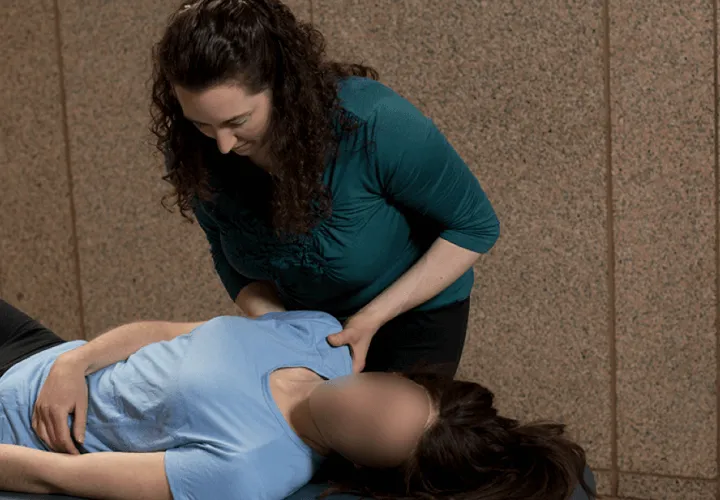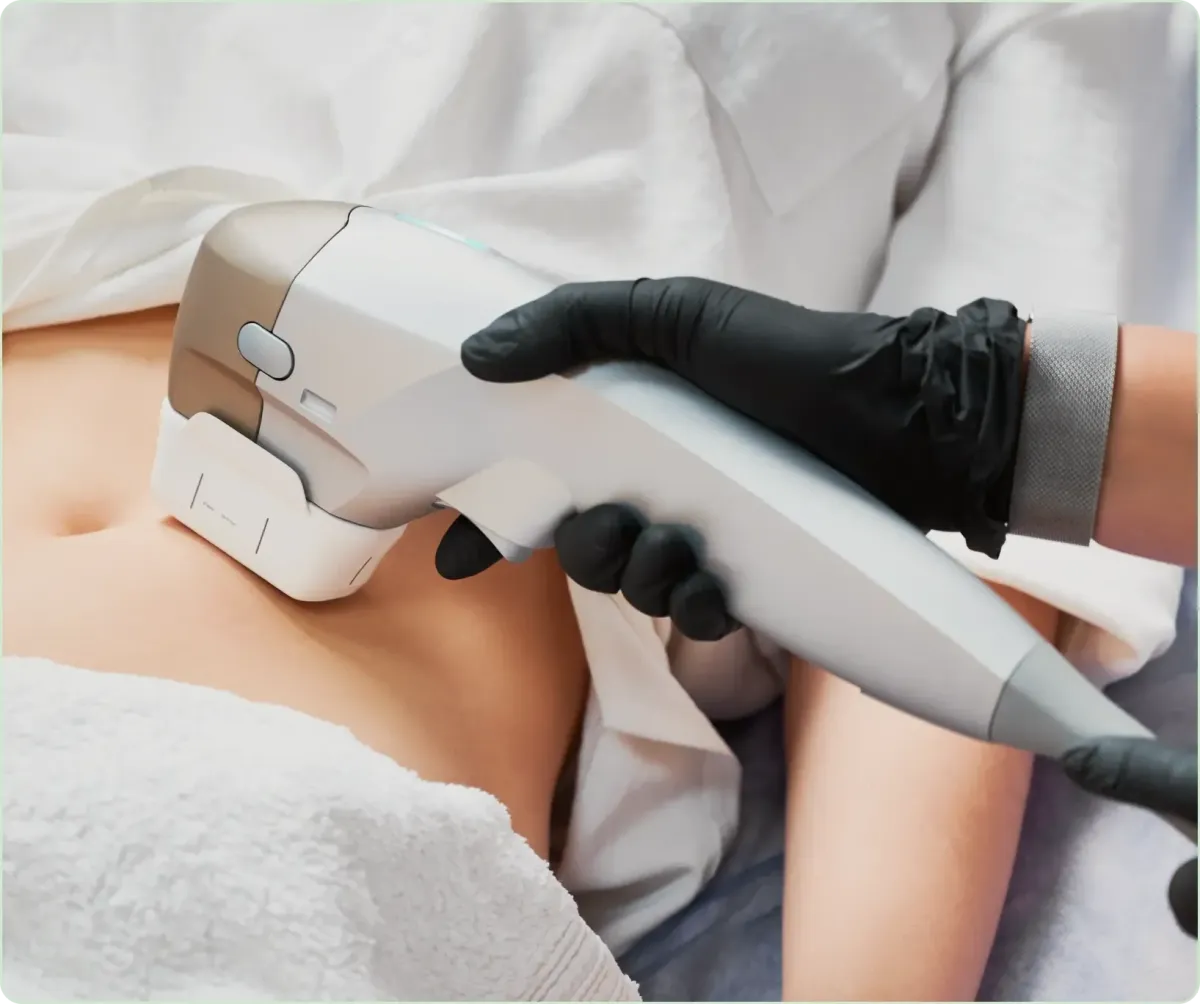Osteopathic Manual Therapy Combined with Proprioceptive-Deep Tendon Reflex (P-DTR) Neurological System

Approaches and Techniques Incorporated by Amy Shantz Include:
Joint, cranial, visceral, and neural manipulation
Fluid work including lymphatic
Deep Compressions including bone decompaction
Positional Release Technique
Fascial Stretch Therapy
P-DTR Neurological System

Help manage and recover from:
Motor Vehicle Accident (MVA)
Work, leisure and athletic injuries
Stiffness and Pain
Weakness
Poor circulation, mild lymphedema
Healing of scars or adhesions of old scars
Osteoarthritis, low back and SI dysfunction,
Concussions, stroke, MS, fibromyalgia, chronic fatigue
Tongue, oral and throat challenges
Help achieve goals:
Increase strength
Improve posture
Increase range of motion
Feel and Sleep better
Do activities more easily
Improve digestion
Improve coordination
Myofascial Work
Myofascial release, fascial unwinding, positional release and Fascial Stretch Therapy
Myofascial release is a way to work with the lining tissue of our body called fascia. It is very gentle and includes both being present to the direction that the fascia likes to go and assisting the fascia to go where it doesn’t like to go. This includes important work with scars.
Our bodies can hold turbulence in the fluids and force imprints in our tissues. Fascial unwinding is another way of releasing these things causing imbalanced pulls
Positional Release Technique (PRT) lessens a heightened/sensitive state of receptors called golgi tendon organs. Those receptors are located throughout our fascia (lining tissue), ligaments and tendons which are stimulated when any of those tissues are lengthened. PRT is done by holding the sensitive tissue into a position where it is short enough to have some slack and lessen tension – a position of ease that calms the sensitive receptor(s) making it easier to lengthen the tissue again.
Fascial Stretch Therapy TM (FSTTM) optimizes the elasticity of our body’s fascia, the elastic connective tissue that lines all parts of our body, by reducing guardedness with phases of shortening and contracting, loosening adhesions within and between its adjacent layers, and engaging the fascia. This gives muscles a greater ability to both lengthen and contract with greater ease, allowing for greater range of motion, strength, power, muscle control and balance and can help decrease pain and stiffness.
Although less effective than when assisted, there are valuable self-stretching options that can be taught using FST principles. This style of self-stretching is great for reducing stiffness and increasing movement quality and range of motion during a workout or athletic event or as a mid-day stretch break at work.
Cranial, Visceral and Neural Manipulation, and Lymph Drainage
Sensitive touch therapies take skilled mentorship and practice to master.
Bone and joint work helps individual bones, including ones with fracture(s), and the available motion at attaching bones be optimized.
Cranial work includes working with the fluctuations within cranial bones (of the head), tensions of the tissues inside, and with its connection down the spine to the sacrum which sits between the hip bones.
Visceral Manipulation includes freeing tension in the tissues around our organs and their attachments to each other and our bones.
Our lymphatic system is a network of vessels carrying lymph fluid and groups of lymph nodes processing lymph molecules including proteins. Its role is to pick up molecules to be recycled by it or discarded. Lymph Drainage Therapy (LDT) involves feeling the flow of the lymph fluid and helping optimize its direction and freedom of movement. When the flow is not in the preferred direction or is sluggish or blocked, P-DTR often improves this.
Deep Compressions and Bone and Joint Work
Our body monitors and processes sensations through specialized receptors that send a nerve signal to the brain. An annoying experience causes irritation which can put a receptor into a heightened mode, causing it to send a stronger or more frequent signal.
Deep Compressions calm 8 different heightened/irritated sensory receptors in a class called nociceptors – prick, jar, hot, cold, tickle, itch, rub and fine touch. The result of Deep Compressions can include better circulation of blood and lymph.
Joint work can include oscillation which is a gentle rocking type motion done with the body’s rhythm which is calming and freeing, or impulse adjustments that help a body tissues feel more comfortable being in a more helpful position and to regain more balanced and efficient motion. Additionally joint work can include gentle impulse manipulations that stay within, and not past, a felt barrier, and Muscle Energy Technique that uses muscle contractions to assist in motion at a joint.
These techniques can bring a state of ease, less pain and stiffness, an increased freedom of movement and/or more range of motion.
P-DTR Neurological System
Our bodies only have so much energy to use and handle what is thrown at us. Tissues have little cell or particle receptors that are each specialized to receive one sensation. They can become too sensitive to stimuli that we experience in life and then send stronger signals to the brain. This changes how the brain sends out signals to muscles and organs, causing less efficient responses, a related muscle to be weak or hypertonic (tightly guarded). When that happens related movements that use more than one muscle become less coordinated. P-DTR identifies when a muscle does and does not contract well. It uses the response of a well functioning muscle to various stimuli to give information about the state of sensation receptors in our body. A treatment phase provides a reset to the state of tissues in an area and the receptors – clearing annoyances to decrease pain and improve muscle function.
Or call us at (587) 315-3950

Get Started Towards Your Best Health Today
Discover a team of Naturopathic Doctors and manual therapists that work with you to get you in your best health.
Or call us at (587) 315-3950
Stay In Touch
Put your health first! Sign up for our monthly newsletter to receive our latest blog posts, clinic information, and promotions.


